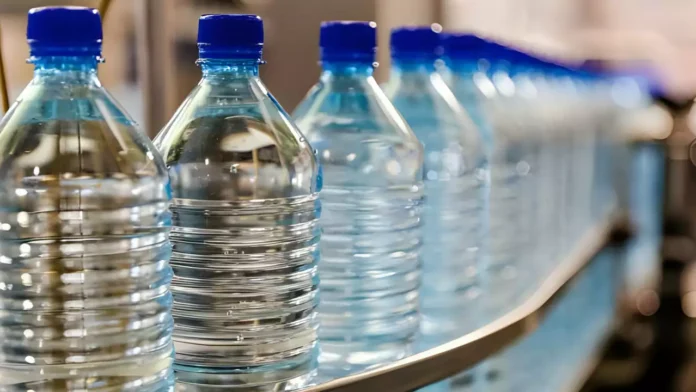Research conducted by scientists at Columbia University has unveiled a startling revelation: an average liter of bottled water harbors approximately 240,000 detectable plastic fragments. This staggering amount, 10-100 times higher than previous estimates, poses significant health risks by infiltrating organs and the bloodstream.
Due to their exceptionally small size, nanoplastics have the capability to bypass the intestines and lungs, gaining access to the bloodstream and, subsequently, reaching vital organs like the heart and brain. Their minute scale facilitates infiltration into individual cells and allows them to cross the placenta, exerting potential impacts on the developing bodies of unborn babies.
Study co-author Beizhan Yan said, “Previously, this was just a dark area, uncharted. Toxicity studies were just guessing what’s in there. This opens a window where we can look into a world that was not exposed to us before.”
Utilizing stimulated Raman scattering microscopy, a method co-invented by study co-author Wei Min, a biophysicist at Columbia, the research employed two simultaneous lasers to induce resonance in specific molecules. The study focused on seven prevalent plastics and implemented a data-driven algorithm to analyze the obtained results.
Microplastics Found in Popular Bottled Water Brands
Researchers examined plastic particle levels, as small as 100 nanometers, in three undisclosed popular bottled water brands in the United States. Each liter was found to contain between 110,000 to 370,000 plastic fragments, with 90% classified as nanoplastics and the remaining 10% as microplastics.
Microplastics are fragments ranging in size from five millimeters down to one micrometer, which is equivalent to one-millionth of a meter. To provide context, a human hair is approximately 70 micrometers across.
The experts not only pinpointed the seven distinct types of plastics but also recorded their shapes, potentially providing valuable insights for biomedical research.
Polyethylene terephthalate (PET), commonly employed in the production of water bottles, emerged as a prevalent plastic among those identified. The study indicated that PET might find its way into the water through bottle squeezing or exposure to heat, with particle release potentially influenced by cap handling.
The study further revealed that polyamide, a form of nylon, exceeded PET in prevalence, with this occurrence linked to plastic filters utilized in the water purification process before bottling. Additionally, the researchers identified other common plastics such as polystyrene, polyvinyl chloride, and polymethyl methacrylate, all of which have diverse applications in various industrial processes.
The study emphasized that the seven sought-after plastic types constituted only 10% of the nanoparticles identified in their samples. The remaining 90% remained unidentified, suggesting the potential presence of tens of millions of unknown nanoplastics per liter.
Min said, “There is a huge world of nanoplastics to be studied…it’s not size that matters. It’s the numbers, because the smaller things are, the more easily they can get inside us.”
Continue Exploring: Consumer Reports finds ‘widespread’ plastics in food, urges immediate regulatory action





